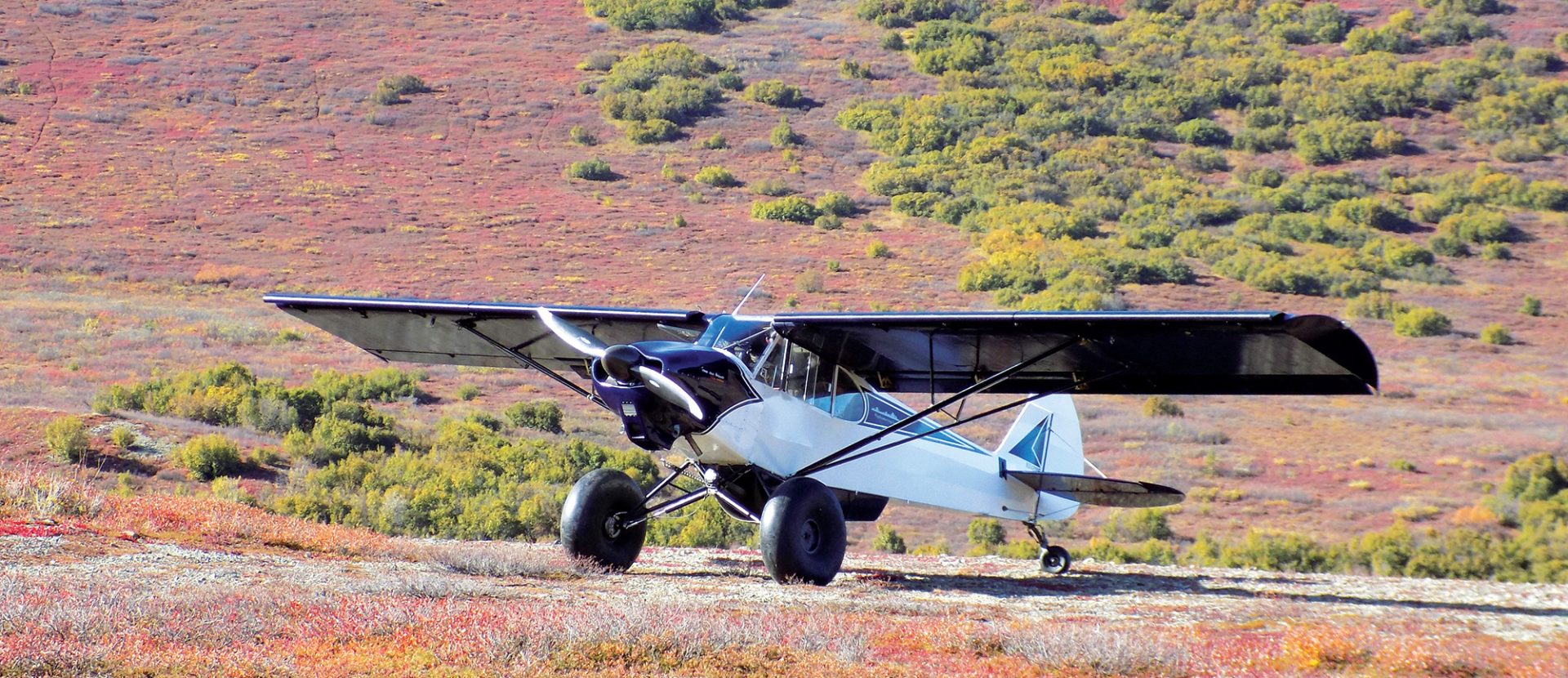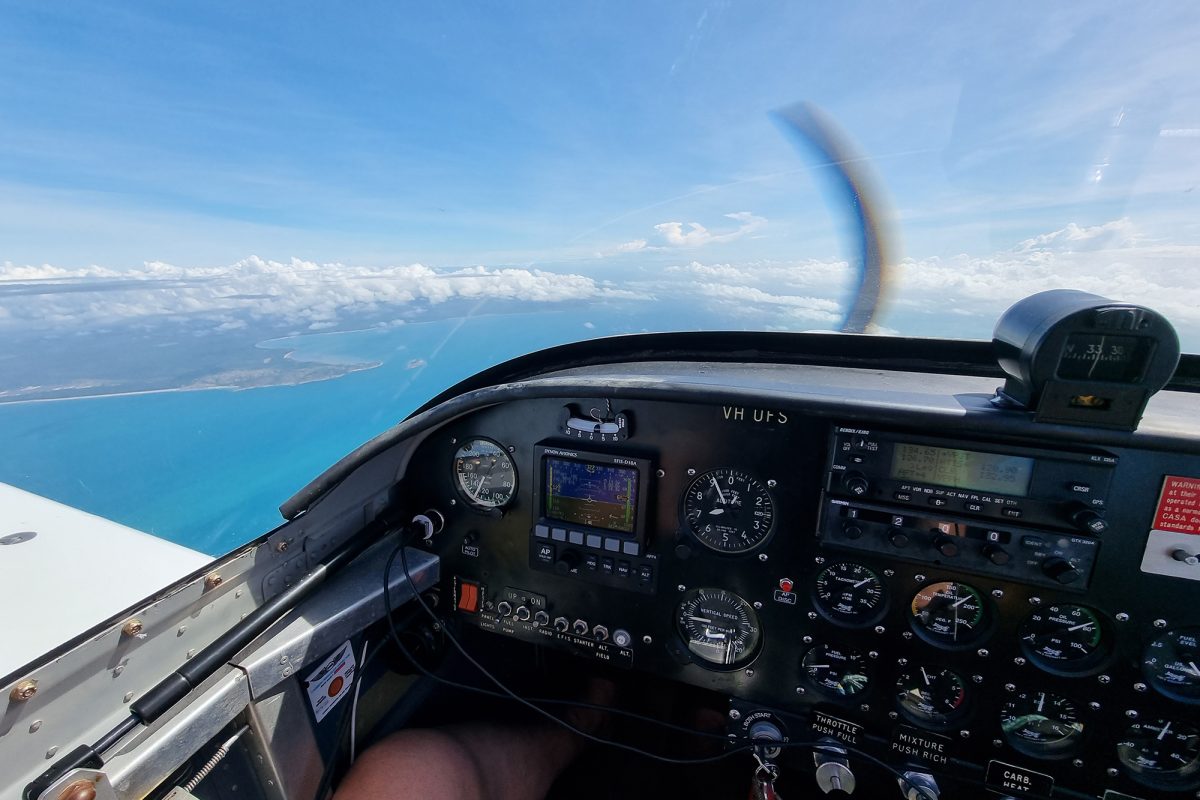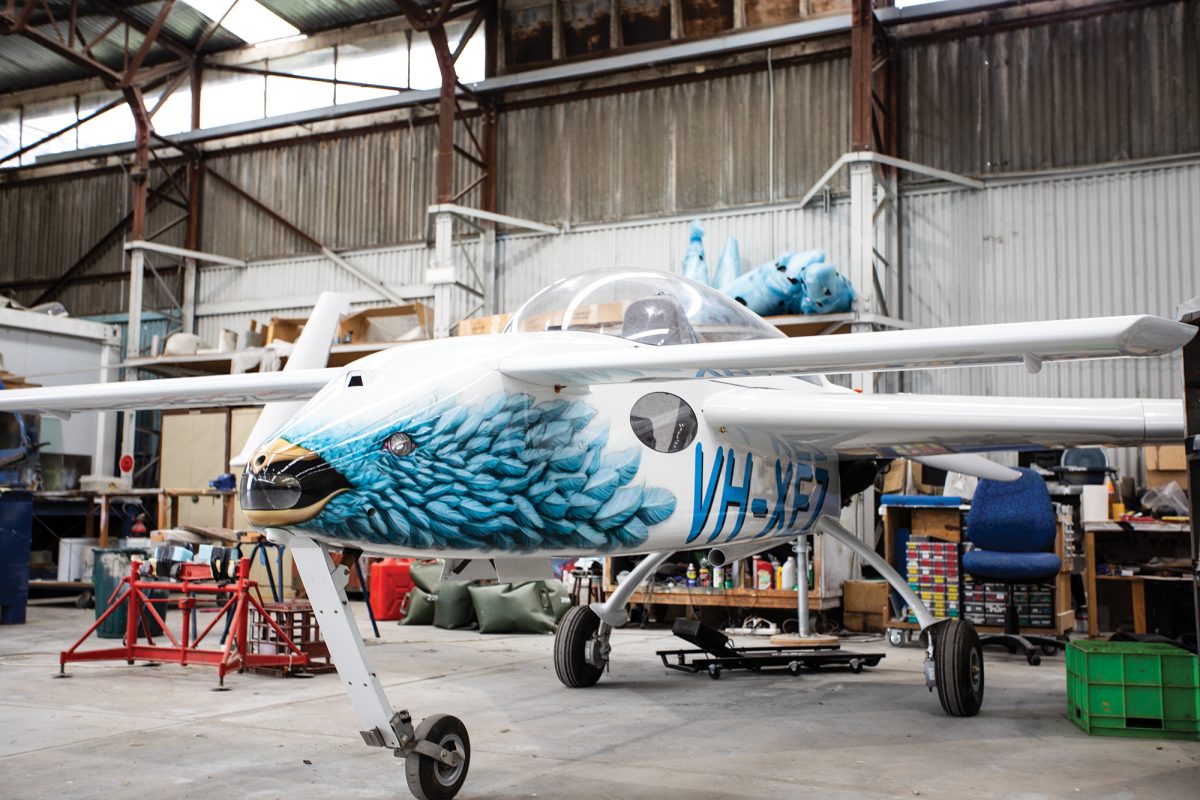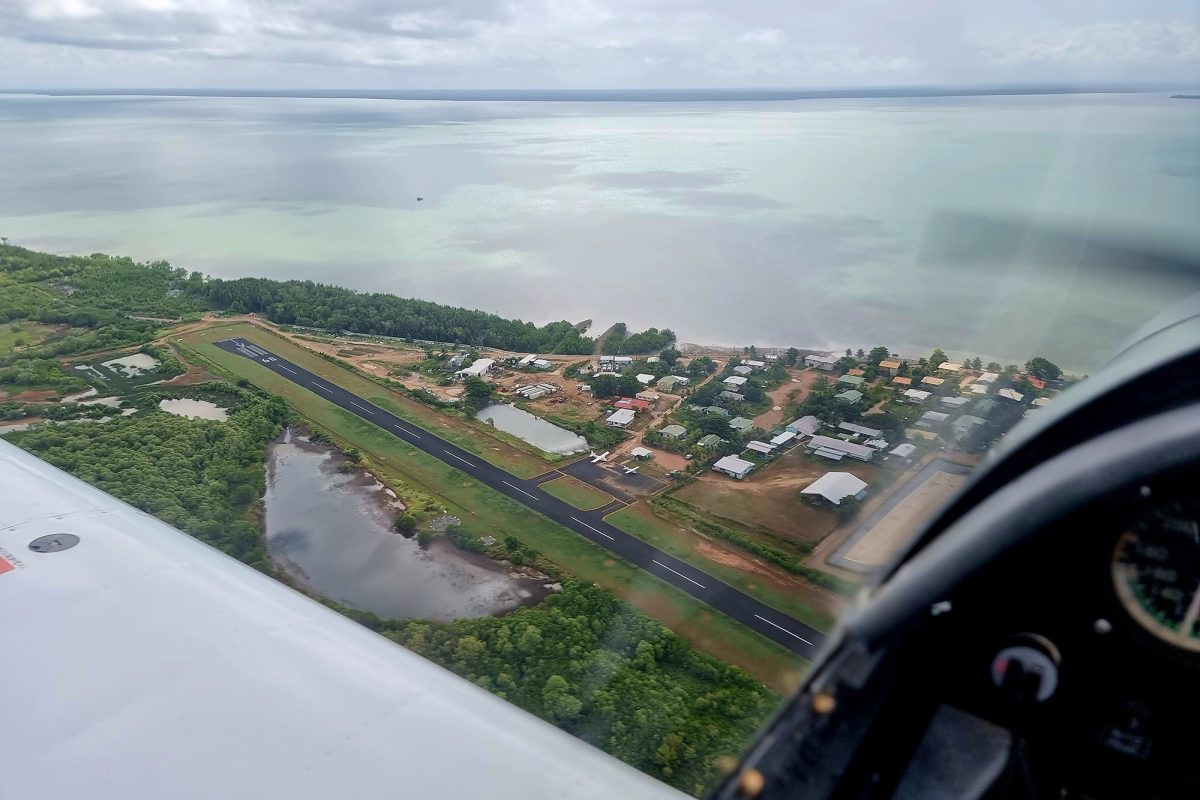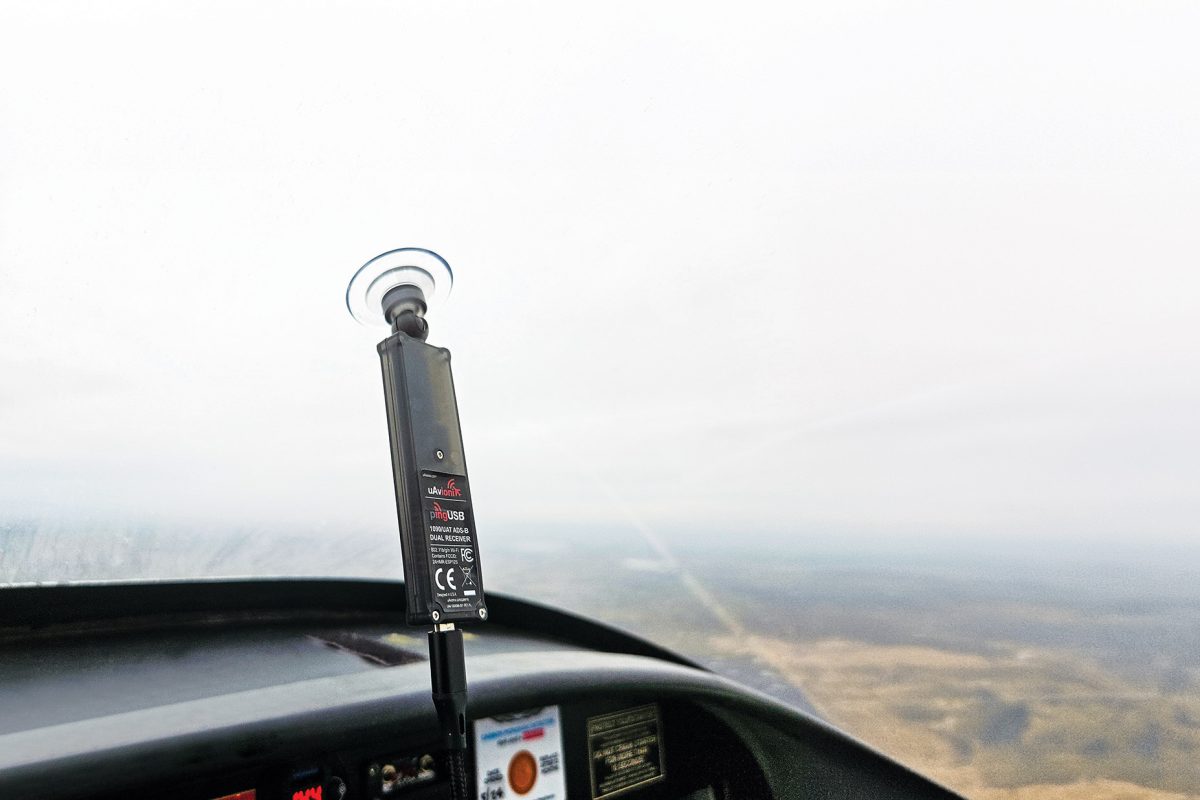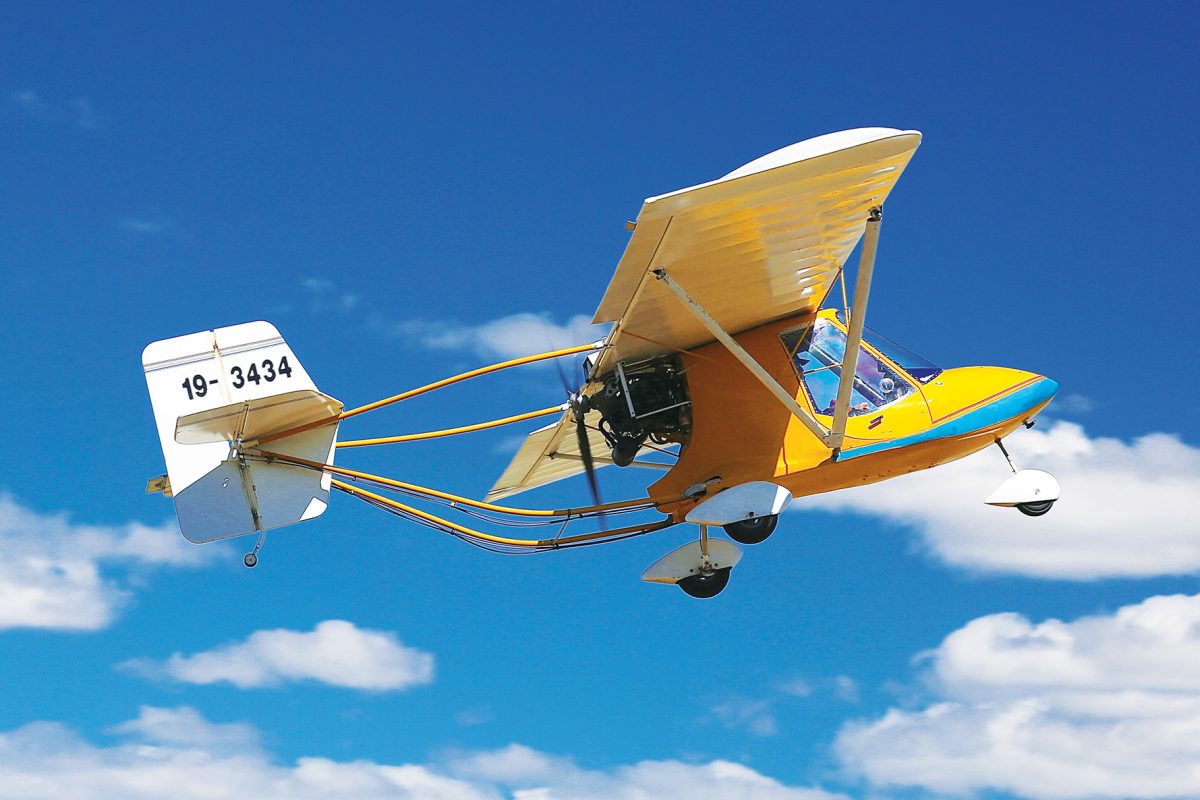As recreational pilots, cost is often front of mind. Increasing fuel costs, inflation and interest rates have made the cost of living higher than ever before. Many pilots and aircraft owners are looking to keep costs to a minimum, now so more than ever!
There are numerous costs involved in operating an aircraft, including maintenance, fuel, registration and hangarage. But what impact could an accident have on your long-term operational cost, and could spending a little more in the short-term result in longer term savings?
Aircraft hull insurance offers vital protection for most aircraft owners, flight schools and clubs, but as with most costs, policies continue to rise year on year. If you happen to have an accident that results in an insurance claim, this could result in the cost of your policy significantly increasing at your next renewal.
RAAus’ aviation insurance broker, Insurance House, has provided a summary of (de-identified) insurance claims lodged through the RAAus hull and liability program since 2019. Transparent data relating to both safety occurrences and insurance information allows members to improve safety outcomes. By taking proactive action in response to safety information, members may be able to identify areas of improvement and avoid expensive accidents before they occur.
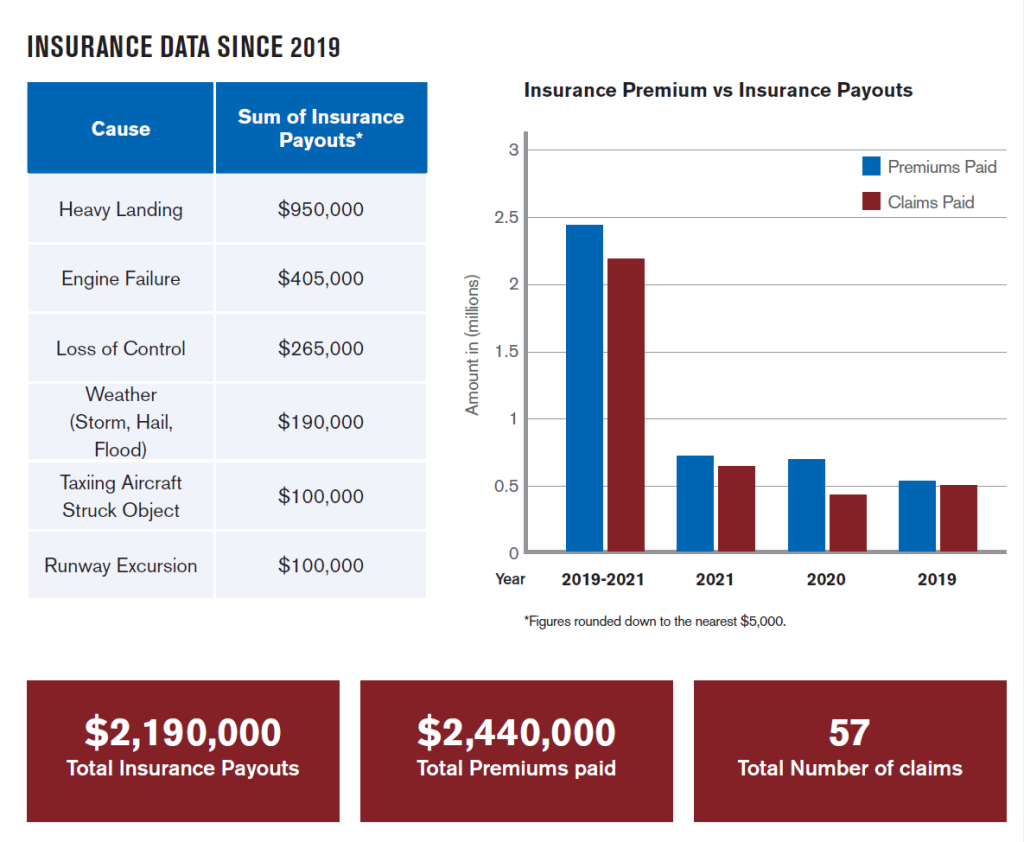
To maintain viable coverage, insurers aim for a loss ratio between 50-60%. Since 2019, insurance coverage of RAAus aircraft has a loss ratio of more than 90%. This results in increased insurance premiums to maintain viable coverage by insurance providers.
As with most accident data, human factors are common across accidents resulting in insurance claims, with heavy landings and loss of control events in the top 3 causes. Heavy landings result in more than double the insurance payout than any other category and contribute to nearly half of all insurance claims.
PREVENTING DAMAGE INCURRED FROM HEAVY LANDINGS
Maintenance Considerations
Due to the lightweight nature of RAAus aircraft, airframes and undercarriages are more susceptible to damage in hard landings. Because of this, aircraft maintainers should ensure thorough inspection is completed of aircraft undercarriage components during routine and scheduled maintenance. All pilots who encounter a hard landing should also ensure a hard landing inspection is carried out by a qualified maintainer, even if no visible damage is apparent.
Maintenance requirements for the replacement of undercarriage parts should also be reviewed depending on the type of operations you conduct. If your aircraft is used in a flight school, regularly operated on rough airfields, or conducts a high number of landings, then consider replacing undercarriage parts more regularly than the manufacturer’s minimum requirements.
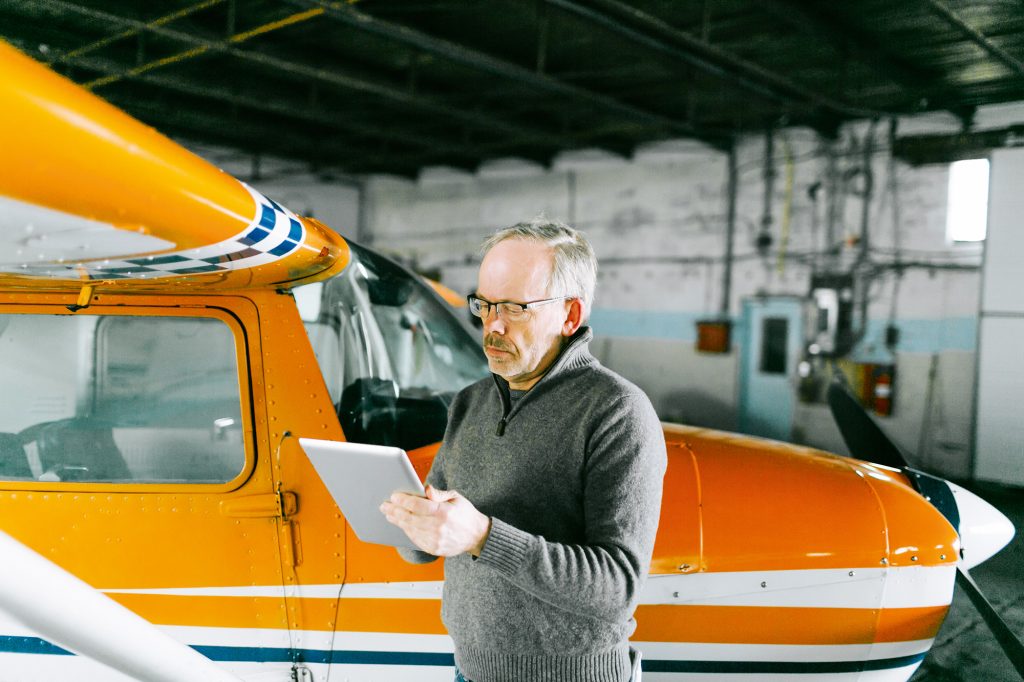
Human Factors Considerations
The reality is that most of us have experienced heavy landings and, no doubt, will again. It’s been said there are three simple steps to a perfect landing, but unfortunately, nobody knows what they are. Despite this, there are a number of ways pilots can reduce the likelihood of encountering hard landing accidents.
- Currency and Type Familiarisation
RAAus data shows pilot currency and/or type familiarisation is a common contributing factor in hard landings and runway loss of control events. Before operating a new aircraft type, or if you haven’t flown for a while, consider contacting a qualified instructor who can ensure safety
of flight.
- Environmental Conditions
“A gust of wind came out of nowhere” is quite possibly the most common reported explanation for hard landings. Whilst unexpected wind conditions occasionally occur, more often than not there are indications of the presence of turbulence, windshear or other environmental factors on final. Weather forecasts play an important role in understanding the expected conditions. Observations such as checking the windsock and looking for sources of mechanical turbulence also build situational awareness. Pilots should maintain their personal minimums by not operating in conditions beyond their ability and should consider flying with an instructor to safely build experience in more difficult conditions or strong crosswinds.
- Go-Arounds
When all else fails, the go-around is a final chance to prevent an accident from occurring. A go-around can be commenced at any time, including immediately following a bounce, during landing. It’s extremely common in reports of hard landings that the accident occurred following a bounce. Pilots should always be prepared for a potential go-around during final approach and flare, and should ensure go-arounds are practised regularly.
PROACTIVE MAINTENANCE
During a recent audit conducted by RAAus at one of our flight schools, it was found the maintainer had implemented a process to replace undercarriage bolts every 300 hours, over and above the manufacturer’s 500-hour requirement.
This system was implemented following a previous undercarriage attachment bolt failure, resulting in significant damage. As the aircraft was used for flight training, resulting in harsher conditions and an increased rate of landings, the maintainer implemented the system in an attempt to prevent future undercarriage failure events.
CONCLUSION
The unfortunate reality of aviation is that accidents do, and will continue to happen. Despite this, there are a number of factors that pilots, maintainers and instructors can implement to reduce the likelihood of it happening to you. Whether it’s spending a little more on preventative maintenance over and above manufacturer requirements, or paying to fly with an instructor to expand your skills, spending a little more in the short term may just prevent much larger expenses in the long term. Can you afford the cost of getting it wrong?
